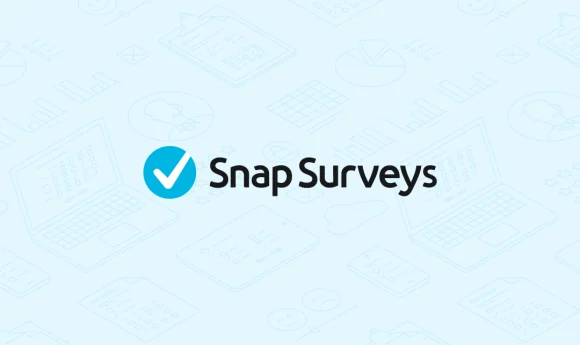Blog Series: Tips to Selecting the Best Survey Method: #5 Bias
 We continue on to our final blog post in a series where we discuss issues with survey mode that you’ll want to take into consideration as you plan your next survey. Surveys modes can include: online, paper, mobile, and kiosk survey, and telephone or face-to-face interviews. You may even choose to administer a combination of survey modes. As you plan your survey, you need to take into consideration the advantages and disadvantages of each survey mode. In the previous four blog posts in the series, we have discussed potential issues in population, sampling, questions, and administration. We now move on to our final topic – bias issues.
We continue on to our final blog post in a series where we discuss issues with survey mode that you’ll want to take into consideration as you plan your next survey. Surveys modes can include: online, paper, mobile, and kiosk survey, and telephone or face-to-face interviews. You may even choose to administer a combination of survey modes. As you plan your survey, you need to take into consideration the advantages and disadvantages of each survey mode. In the previous four blog posts in the series, we have discussed potential issues in population, sampling, questions, and administration. We now move on to our final topic – bias issues.
Bias issues
People come to the research endeavor with their own sets of biases and prejudices. Sometimes, these biases will be less of a problem with certain types of survey approaches.
Can respondent bias be avoided?
No respondent likes to look bad or feel awkward if they don’t know the answer to a question. Respondents don’t want to say anything that is too personal or embarrassing. If survey respondents about information that may put them in this kind of awkward position, they may not tell you the truth, or they may change their response so that it makes them look better. You run the risk of collecting inaccurate data. Both telephone surveys and face-to-face interviews can, at times, be invasive, especially if the topic for discussion is personal.
Can interviewer bias be controlled?
Whether on the telephone or face-to-face, the interviewer may distort certain topics or questions. The interviewer may choose to skip questions that make them feel uncomfortable. If a respondent speaks for a lengthy period about a topic they feel so strongly about, an interviewer may lose interest and not listen carefully to the respondent’s answer. Interviewers may also make their own judgment calls. They may think they already know how a respondent is going to answer a question based on their prior responses, even if that answer may not be true. This is another example of a risk of collecting inaccurate data.
Can erroneous responses be avoided?
By administering mailed paper surveys, it may be difficult to know who actually completed your survey. Was the survey really completed by the head of household or someone else? Did the CFO actually provide responses or instead pass the task off to his finance manager or an assistant? Is the person you are interviewing on the telephone actually who they say they are? With face-to-face interviews, there’s a fair chance that you know who you are speaking with. With mailed paper surveys or telephone interviews, this may not be the case.
View the previous posts in the series:
Tips to Selecting the Best Survey Mode: #1 Population
Tips to Selecting the Best Survey Mode: #2 Sampling



